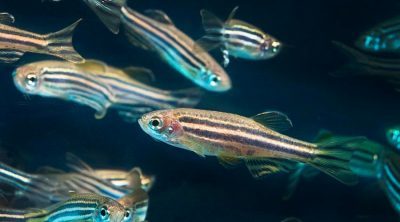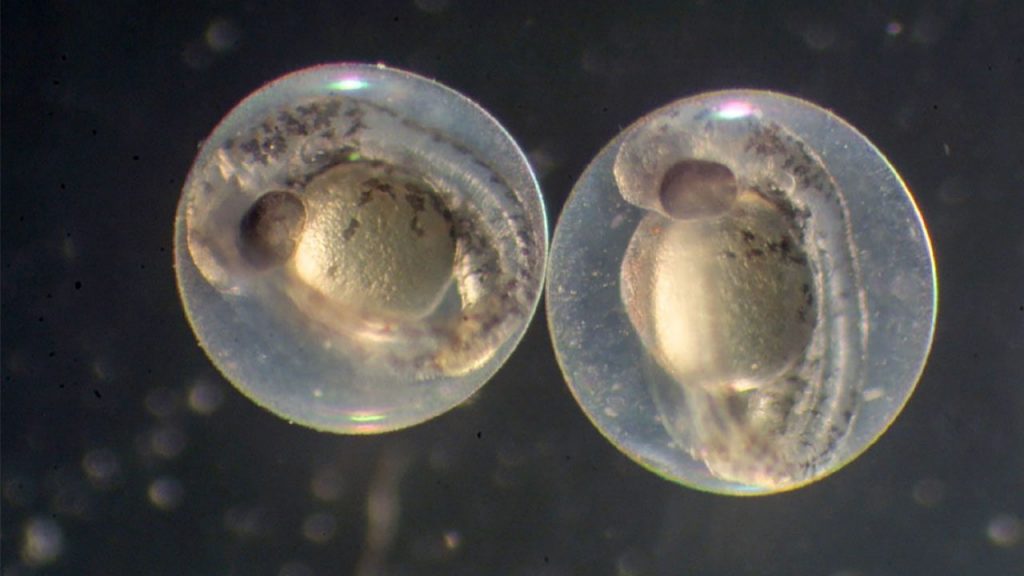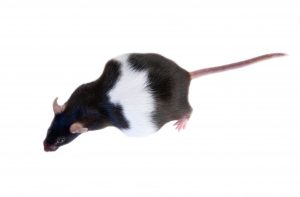

Come Discover ClearH2O’s New Gel Diet Specifically Formulated for Zebrafish at AALAS 2020
TAKE OUR SURVEY ON
ZEBRAFISH DIETS, FEEDING AND WATER QUALITY MANAGEMENT PRACTICES
The zebrafish (Danio rerio) is a freshwater fish native from Asia. Research on zebrafish started gaining popularity in the 1970’s, when George Streisinger, a geneticist and molecular biologist at the University of Oregon, pioneered the study of zebrafish in his lab (1). Since then, the zebrafish has become a model of choice in the biomedical research community (2-4) :
- The zebrafish shares a lot of similarity with humans that make it a valuable model for studying human genetics and diseases:
– As a vertebrate, the zebrafish has the same major organs and tissues as humans. Their muscles, bones, blood, kidney, intestine, pancreas, and eyes share many features with human systems
– The sequencing of the zebrafish genome was completed in 2013 at the Wellcome Trust Sanger Institute, showing a 70% similarity with the human genome - The zebrafish is an ideal model organism for studying early development
– The zebrafish reproduces very fast and produces between 50-300 eggs ~every 10 days
– Zebrafish eggs are released and fertilized in water which allows them to be easily manipulated in a variety of ways
– The embryos are relatively large and robust, and the embryonic development is very fast
– The embryos are also completely transparent, making the development of internal structures easy to examine in real time, notably by using fluorescence to label specific cells and watch their development and fate - Zebrafish have the unique ability to self-repair and regenerate their heart, pancreas, fins, retina and some neurons, allowing the study of signaling pathways.
Today, zebrafish are used as a model to study a broad range of human diseases from cardiovascular and musculoskeletal diseases (such as muscular dystrophy) to cancers (such as melanoma, thyroid cancer). The zebrafish is also a wonderful tool for high-throughput biology to enable large-scale genetic screening and fast and efficient drug discovery platforms (5).
TAKE OUR SURVEY ON
ZEBRAFISH DIETS, FEEDING AND WATER QUALITY MANAGEMENT PRACTICES

However, as important as the zebrafish model has become, little is known on their specific feeding requirements and very few studies have focused on the impact of diet on overall fish performance throughout their lifecycle (6). Diet and feeding practices have a direct impact on waste and water quality in their tanks, potentially affecting the breeding performance or health of the fish (7). ClearH2O set an objective of producing a zebrafish diet utilizing its gel technology to address key zebrafish husbandry challenges – inefficient feed delivery, waste management, standardized nutrition -and has developed a complete gel diet for zebrafish to address these challenges.
Coming Soon! – ClearH2O’s newest product introduction utilizing its proprietary gel technology, AquaGel® Z, the first diet specifically formulated for zebrafish. Expected in early 2021, AquaGel® Z is made with high grade purified ingredients meeting the nutrient requirements identified by researchers as essential to zebrafish.
(purified ingredients are highly refined raw materials. To learn more about purified diets, see our blog)
Keep yourself up to date on all the latest insights from ClearH2O by joining its communities :
Follow us on LinkedIn
Subscribe to our blog
AquaGel® Z is a ready-to-use, commercially sterile, room temperature shelf-stable diet formulation that provides for sustained delivery and natural forage feeding behavior, reducing the typical competitive feeding stress response and supporting more uniform feed access. The open and fully transparent source formulation (listing of all the ingredients and their inclusion rates) is based on the most up-to date knowledge of specific nutrition for zebrafish.
AquaGel® Z has no fillers, added starches or binders such as such wheat middling, wheat gluten, wheat flour, corn meal, corn starch, or other cereal starches. It is stable in water, allowing for a longer feeding period that stimulates natural grazing behavior instead of “binge and purge” feeding associated with dry powder diet. AquaGel® Z does not get removed from the water circulation and filtration system, resulting in little to no feed wastage, unlike flake or pelleted feed. In addition, the lower temperature manufacturing process of AquaGel® Z results in better preservation of nutrients, compared to extruded diets.
A key feature of AquaGel® Z, significantly differentiating it from any other zebrafish diet, is its consistent and more precise 1 gm unit of application. You always know how much your feeding, making for accurate dosing every time and removing any guesswork. Nearly 100% of what is delivered in the tank is consumed by the zebrafish population, leading to low , if any, feed wastage and high efficiency feeding.
Stay tuned for more information on AquaGel® Z coming soon!
To learn more about ClearH2O’s involvement in AALAS 71st National Meeting, refer to our AALAS 2020 article series:
Overcoming Lab Animal Husbandry Challenges at AALAS 2020
AALAS 2020 Technical Trade Presentation Preview : Breeding Support
Come Discover ClearH2O’s New Gel Diet Specifically Formulated for Zebrafish at AALAS 2020
AALAS 2020 Aftermath: Laboratory Animal Science on the Forefront
The Ethical Obligation of Lab Animal Pain Management at AALAS 2020
References:
(1) The Doctor of Delayed Publications: The Remarkable Life of George Streisinger (1927-1984)
(2) The importance of Zebrafish in biomedical research
(3) Why use the zebrafish in research?
(4) Tiny fish, big splash: the story of the zebrafish
(5) Zebrafish Help Unlock Clues to Human Disease
(6) Different Feeds and Feeding Regimens have an Impact on Zebrafish Larval Rearing and Breeding Performance
(7) Regular Care and Maintenance of a Zebrafish (Danio rerio) Laboratory: An Introduction

